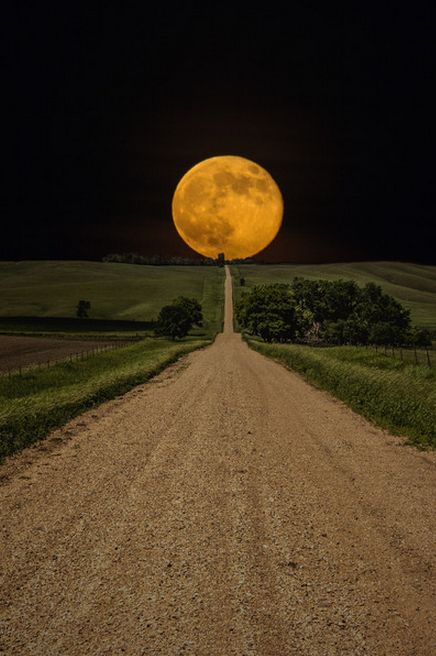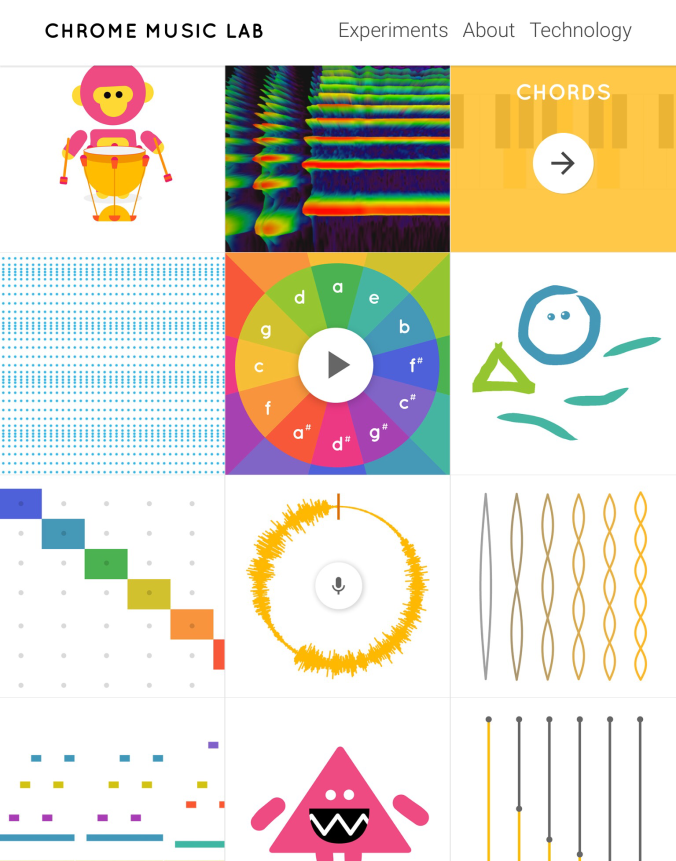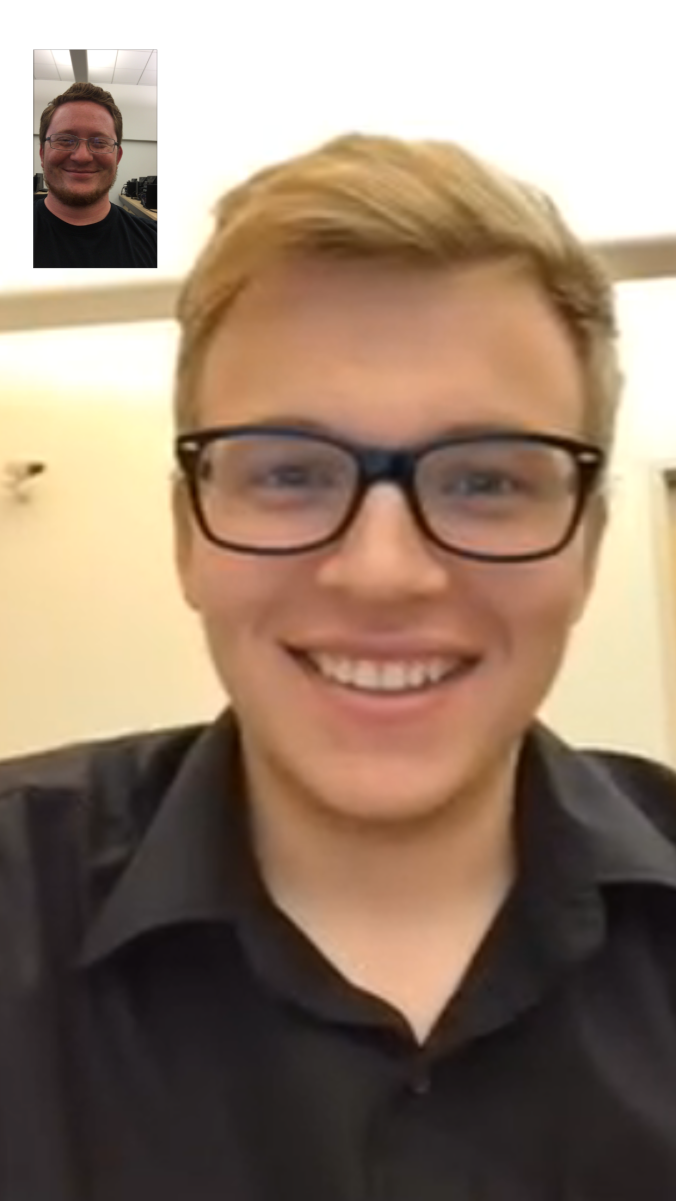I was not very excited about my original final project topic. Dr. Barber let me change it to something that I would really enjoy. It is actually pretty obvious why I love it when you hear the topic: Trombone Bone-anza!
Here is the link to the WIX page for my final project: http://alexevansjames.wixsite.com/trombone-boneanza

I am VERY excited to be able to work on ‘Trombone Bone-anza.’ It is close to my heart and I think everyone should know more about the trombone. Because of that passion, I think I will be able to teach it well. The three lessons would cover: 1. The Evolution of the Trombone; 2. Jazz Trombone; and 3. Art Music Trombone. This unit will be made available for grades 6-8 in a General Music classroom.
Here are two behavioral objectives that go along with this unit:
1. The student will compare different styles and eras of trombone playing and classify them correctly.
2. The student will discover the evolutionary process of the trombone since it’s creation as the sackbut.
PowerPoint: the-evolution-of-the-trombone


























